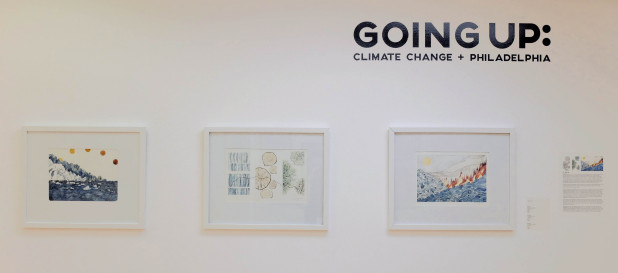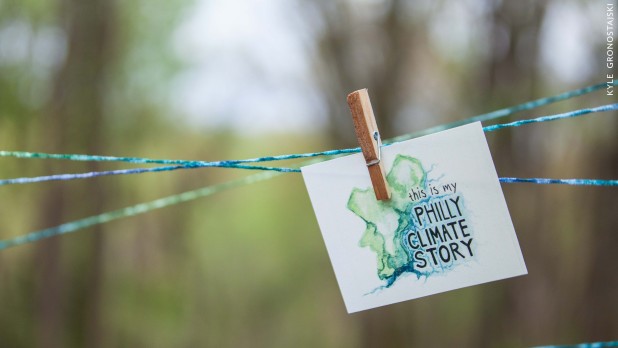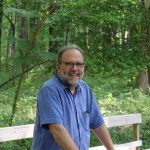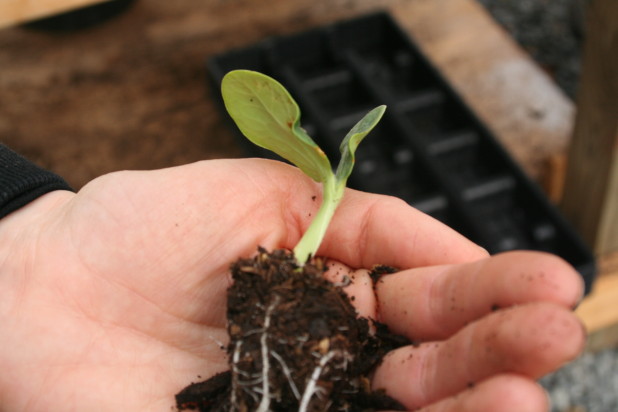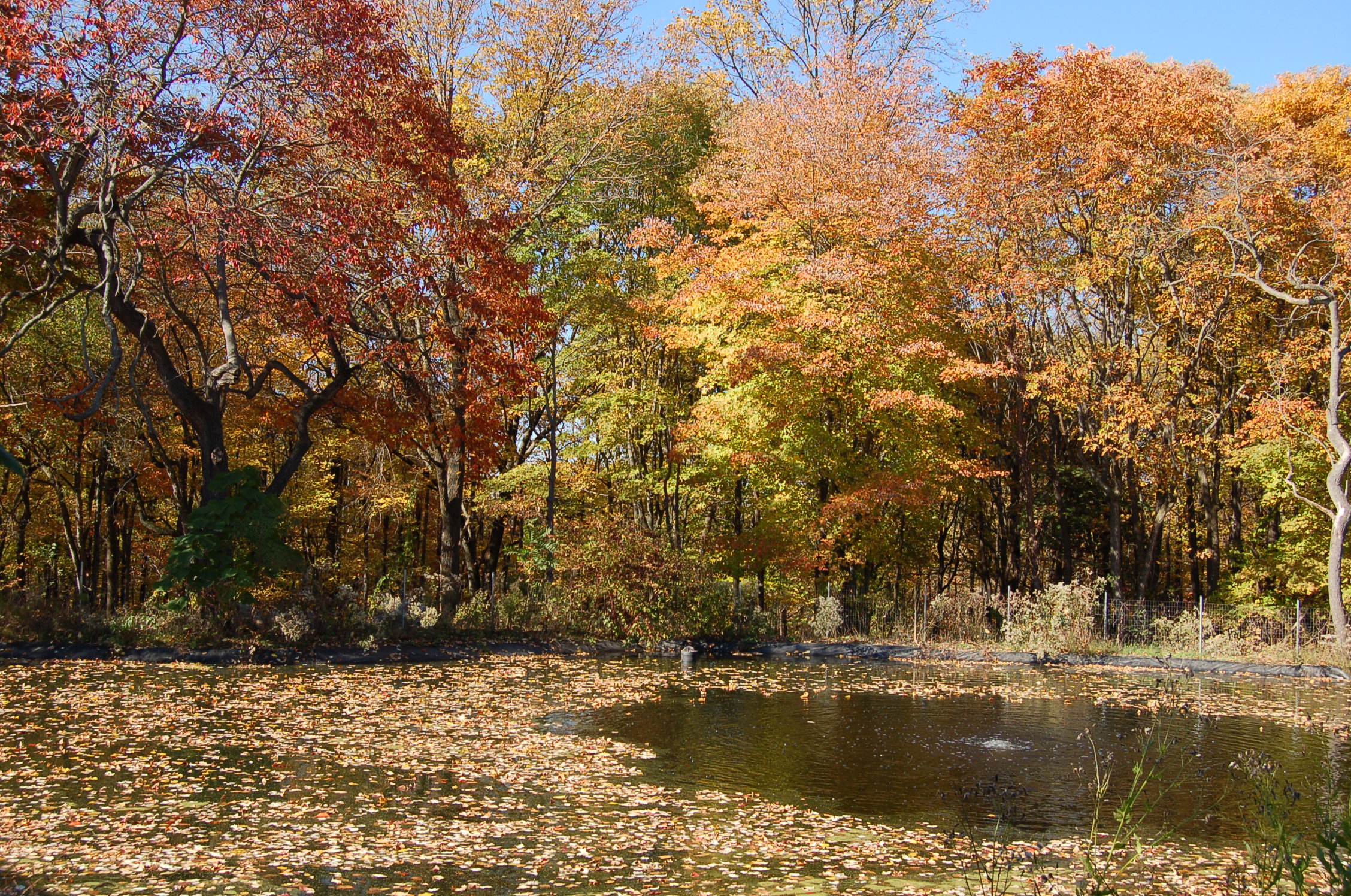By Mike Weilbacher, Executive Director
On Wednesday, April 22, 1970, 45 years ago today, more than 20 million Americans participated in the largest mass demonstration in American history, some 1 million in New York City alone. They marched wearing gas masks and buried cars in mock graves protesting polluted air, threw buckets of dead fish into the lobbies of corporate offices to protest polluted water, and carried signs with grim messages like “RIP: Earth.”
It was the first Earth Day. Reflecting back, it’s too easy to forget how angry people were about a polluted planet back in 1970.
In Philadelphia, thousands gathered on Belmont Plateau for speakers like Edmund Muskie, then a leading presidential contender, and beat poet Allen Ginsberg, honoring the intention of creating a “national environmental teach-in” as envisioned by then-Senator Gaylord Nelson of Wisconsin, father of the event.
As a middle schooler on Long Island, I organized a litter cleanup in my town’s park. Bitten by the environmental bug then, I knew I’d be doing environmental work now.
Fast forward 20 years. On Saturday, April 22, 1990, 120,000-plus people crammed into Fairmount Park under a picture-perfect day for a family-oriented festival of music, games, speeches, food and more. Here’s an irony: Earth Day 1990 shut down the Schuylkill for hours, and the crowd left behind mountains of unrecyclable trash. Oops.
But more than 200 million people from 141 countries participated, the largest mass event in world history.
This year? Thousands already joined Usher, will.i.am, Mary J. Blige, UN Secretary General Ban Ki-moon, and Interior Secretary Sally Jewell on the Mall in DC last weekend, while 2,500 runners joined the Clean Air Council’s Run for Clean Air, our city’s longest running Earth Day event. It’s the “Phillies Red Goes Green” event tonight in the stadium, and hundreds of groups are hosting Earth Day activities bookending these two weekends, like my Schuylkill Center’s Naturepalooza festival on Saturday.
And 1 billion people—1 in 7 worldwide—from 200 countries will participate. Surprise: Earth Day is suddenly one of the world’s largest nonreligious observances.
Dismiss Earth Day if you will—and many do—you have to give it this: the day has staying power, and a heckuva track record. 1970’s massive demonstration jumpstarted the modern environmental movement, a raft of environmental groups like Friends of the Earth were founded, Nixon caved to mounting pressure and signed bills creating the EPA, impact statements, and the endangered species act, and thousands of kids like me went into environmental careers. Almost every curbside recycling program is brought to you courtesy of 1990’s toned-down Earth Day, as are dolphin-safe tuna, recycled paper products, and Rio’s Earth Summit.
Since we are much better counter-punching than planning, 1970’s Earth Day was a reaction to the Santa Barbara oil spill, DDT and eggshell thinning, Lake Erie being declared biologically dead, lead from gasoline lowering people’s IQ. 1990 in turn was a counter-punch to medical waste washing up alongside dead dolphins, Yellowstone burning under a fierce drought, and NASA scientist James Hanson testifying in Congress that the world was warming, the first scientist to do so.
It’s easy to see what 2020 will be in reaction to: in the next five years, new data—not to mention, say, a giant iceberg calving off the Antarctic shelf—will likely end the 25-year debate on climate change, the disappearance of a charismatic species like the rhinoceros will call make biodiversity a top-tier issue, and horrific droughts here and floods there will signal the emergence of water as a central concern.
The environment likely surfaces—finally!—as a core issue in that year’s presidential election.
So Earth Day 2020’s confluence of big anniversary with monstrous problems will cause the day to explode, and more than 2 billion of us—double this year—will participate, easily a low-ball estimate.
For a green tsunami is coming, a tidal wave of concern for the fate of an imperiled planet. And love it or loathe it, Earth Day will be at the heart of that tsunami.
The day is here to stay, and will only get bigger. Happy Earth Day.

